1,4-Bis(2-hydroxyethoxy)-2-butyne CAS:1606-85-5
| Catalog Number | XD94882 |
| Product Name | 1,4-Bis(2-hydroxyethoxy)-2-butyne |
| CAS | 1606-85-5 |
| Molecular Formula | C8H14O4 |
| Molecular Weight | 174.19 |
| Storage Details | Ambient |
Product Specification
| Appearance | White powder |
| Assay | 99% min |
1,4-Bis(2-hydroxyethoxy)-2-butyne is a chemical compound with important effects and applications in various fields. Also known as diethylene glycol diacetylene, this compound possesses unique properties that make it valuable in different areas. Here are some of the key effects and uses of 1,4-Bis(2-hydroxyethoxy)-2-butyne described in 300 words.Photosensitivity and Optical Properties: One of the notable effects of 1,4-Bis(2-hydroxyethoxy)-2-butyne is its photosensitivity. When exposed to ultraviolet (UV) light or other sources of radiation, this compound undergoes a polymerization reaction, forming a crosslinked, three-dimensional network. This property enables its use in photopolymerizable materials, such as photolithography, photoresists, and photopolymer printing. Additionally, the polymerized form of 1,4-Bis(2-hydroxyethoxy)-2-butyne exhibits unique optical properties, including fluorescence and nonlinear optical behavior, which have applications in optics and photonics.Biomaterials and Biomedical Applications: 1,4-Bis(2-hydroxyethoxy)-2-butyne has shown promise in biomedical applications. Its ability to undergo polymerization allows it to be incorporated into biocompatible polymer matrices, creating hydrogels with controllable mechanical properties. These hydrogels can be used for drug delivery systems, tissue engineering scaffolds, and wound healing applications. The presence of the diacetylene group also enables the functionalization of the polymer network, allowing for the attachment of bioactive molecules or targeting ligands, enhancing its potential in targeted therapy and tissue regeneration.Sensing and Detection: The polymerized form of 1,4-Bis(2-hydroxyethoxy)-2-butyne can act as a selective sensor or detector for various analytes due to its unique optical and chemical properties. Changes in environmental conditions, such as temperature, pH, or the presence of specific molecules, can cause alterations in the polymer's color, fluorescence, or absorbance properties. This has applications in chemical sensing, environmental monitoring, and biosensing, where the detection of specific analytes or contaminants is essential.Surface Coatings and Adhesives: The ability of 1,4-Bis(2-hydroxyethoxy)-2-butyne to undergo polymerization and form crosslinked networks makes it suitable for surface coatings and adhesives. The polymeric films derived from this compound exhibit good adhesion to different substrates and resistance to chemical and mechanical stresses. This property can be utilized in various industries, including automotive, electronics, and aerospace, for coating applications and as an adhesive in bonding different materials.It is important to note that appropriate safety measures should be followed when handling and working with 1,4-Bis(2-hydroxyethoxy)-2-butyne, as it may be toxic and harmful if not used properly.In summary, 1,4-Bis(2-hydroxyethoxy)-2-butyne offers several effects and applications that make it valuable in multiple fields. From its photosensitivity and optical properties for photopolymerization and optical devices to its potential in biomedical applications, sensing, and surface coatings, this compound provides versatility and functionality in various scientific and industrial contexts. However, safety precautions should always be taken into consideration when working with this compound to ensure responsible usage.


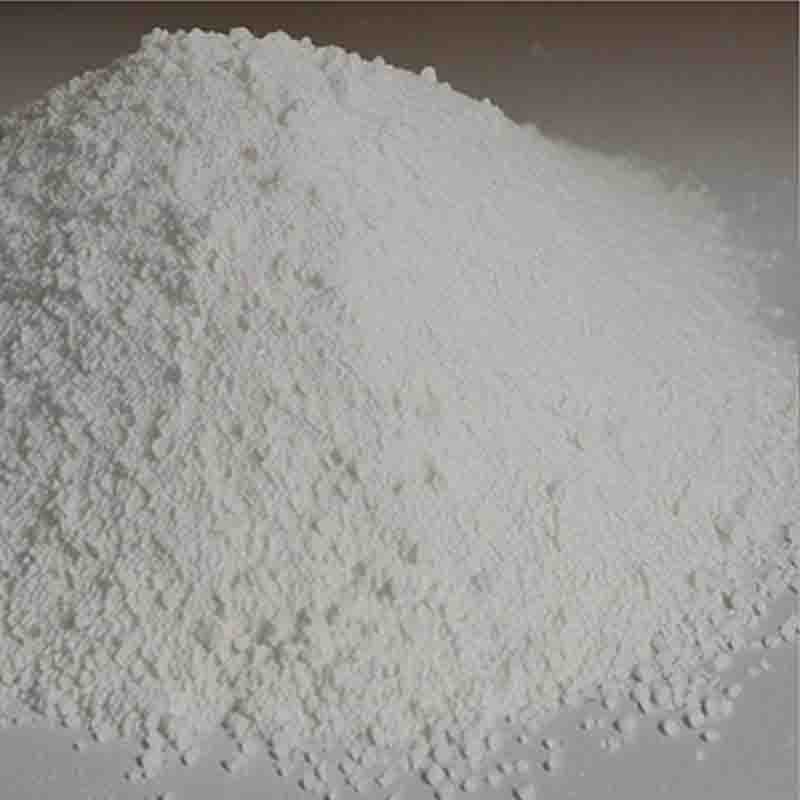

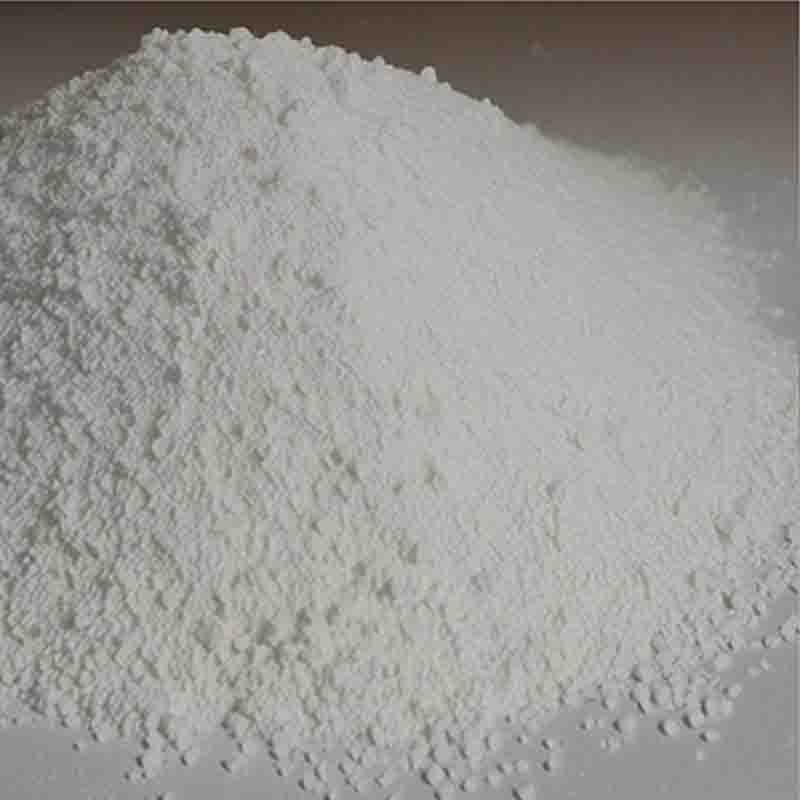
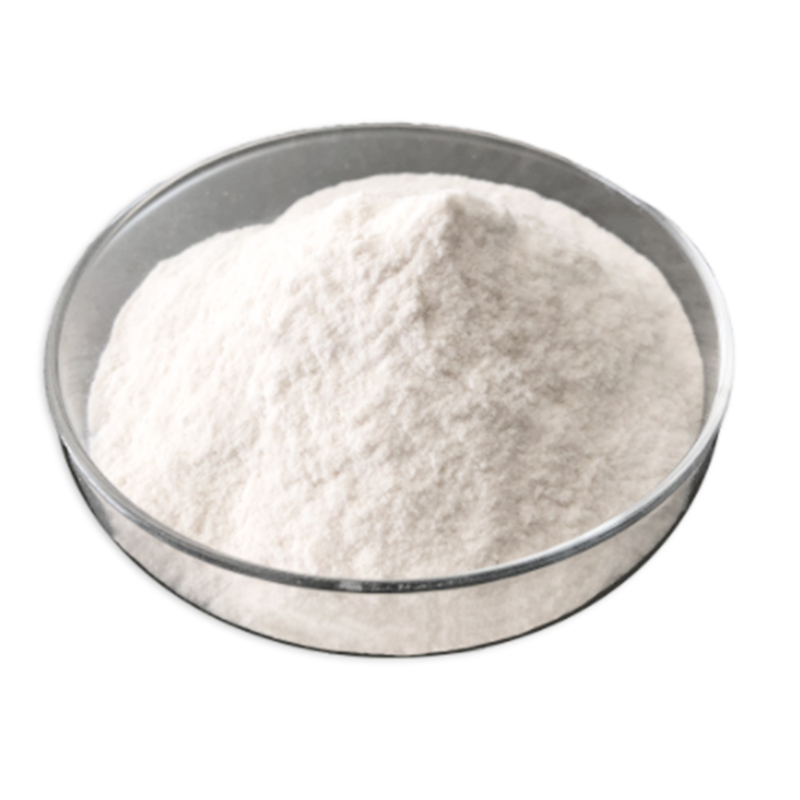
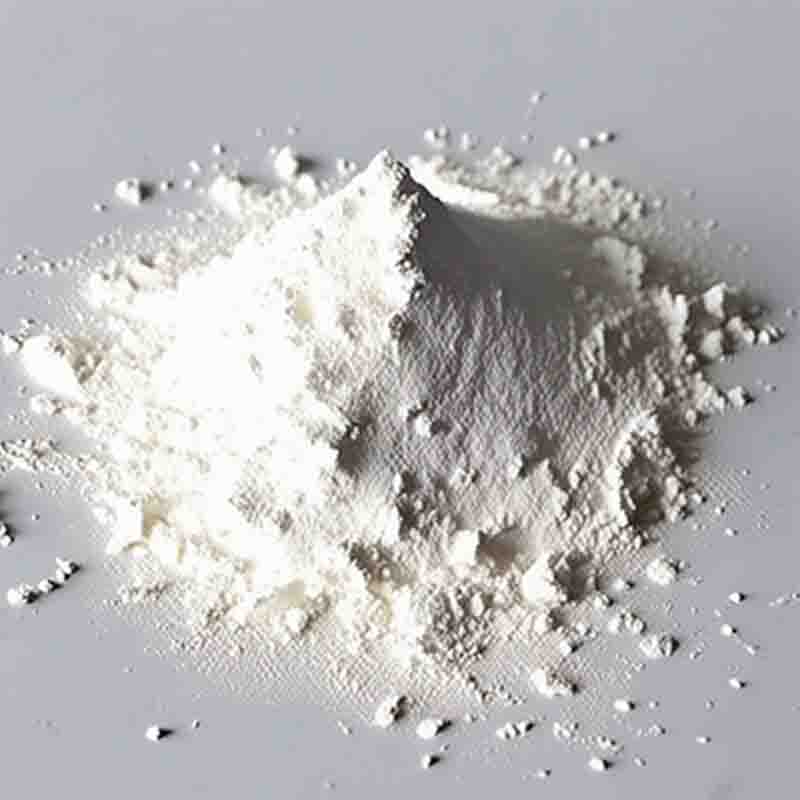
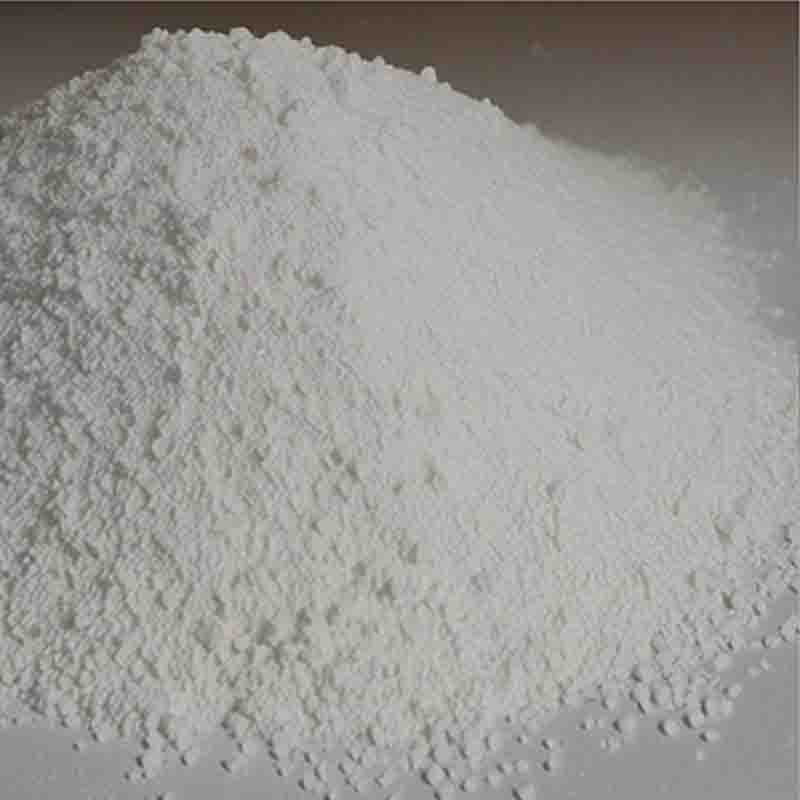
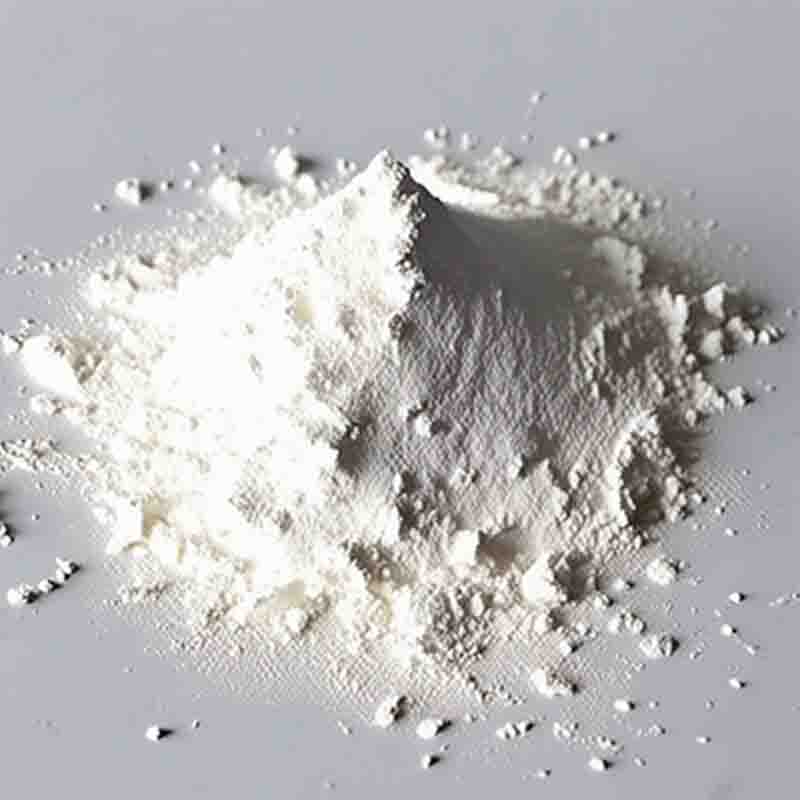
![6,8-dibromoimidazo[1,2-a]pyrazine CAS:63744-22-9](https://cdn.globalso.com/xdbiochems/白色粉末21788.jpg)